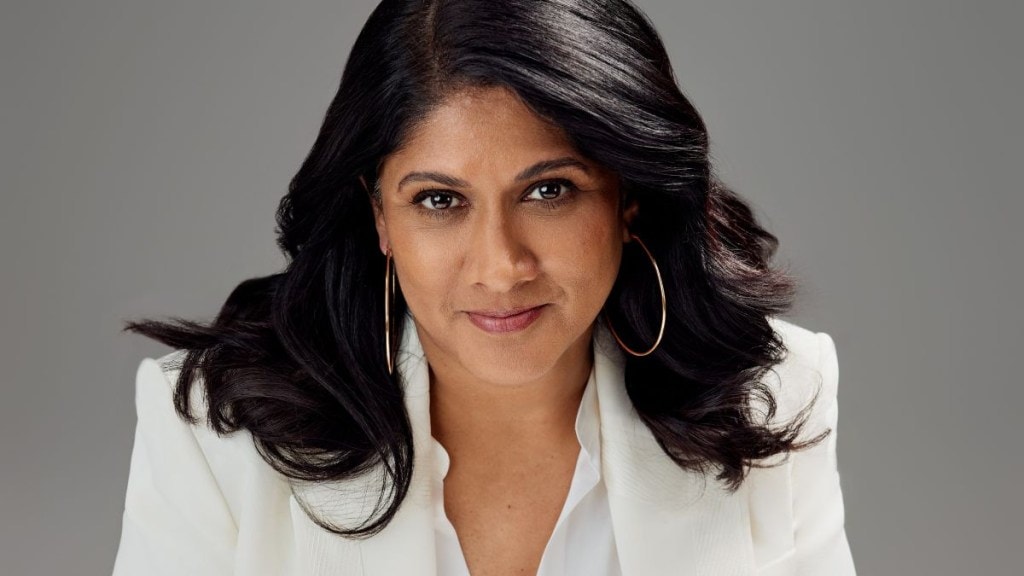Hindustan Unilever (HUL), the country’s largest consumer goods company, will focus on four key areas — consumer cohorts, modernising brands, transforming its marketing and sales machinery, and investment in future channels such as quick commerce — to drive its next phase of growth under the leadership of CEO & MD Priya Nair.
In her first post-results media briefing on Thursday, Nair, who took over the role in August, emphasised that the company would concentrate on volume-led growth to boost overall sales growth as price-led growth was likely to be soft with commodity prices being benign and goods and services tax (GST) cut on 40% of its portfolio.
HUL reported a 3% year-on-year rise in standalone net profit for the second quarter of FY26 to Rs 2,690 crore, cushioned by one-time gains. Excluding these gains, profit fell 5%, while standalone revenue was flat at Rs 15,585 crore and Ebitda margins narrowed by 60 basis points.
Nair’s new strategy comes at a critical juncture as HUL prepares to harness the benefits of favourable macro-economic fundamentals including GST cuts, and lower income tax, food inflation and repo rate, as well as good rainfall.
“The consumer products business in India is not a zero-sum game. Having come back to India after four years (from Unilever in London), what I see here is that the consumer market is constantly evolving. We will continue to evolve as India evolves,” she said.
The last two months, Nair said, was spent doing market visits and meeting with trade partners, consumers and key stakeholders across India, as she sought to understand the Indian FMCG market, valued at `5 lakh crore. HUL derives 70% of its over Rs 61,000 crore turnover from general trade, 20% from modern trade, 7-8% from e-commerce, and 2-3% from allied channels.
Nair sees the fast moving consumer goods (FMCG) market stabilising starting early-November, following trade disruptions and delayed pantry buying in September and October. She will also place disproportionate emphasis on digital-first and social-first brands and channels. HUL’s digital-first brand portfolio, she says, is already Rs 3,000 crore in size, with plans to grow this portfolio in double digits in the future. HUL’s digital media spends have also crossed 50% of its total expenditure from around 40% a year ago.
Nair says that she sees the second half of FY26 being better than the first half as the FMCG market has cycled out of its challenging times. This includes urban slowdown challenges, inflationary pressures, trade disruptions and delayed pantry buying due to GST rate changes. While “weather vagaries” are uncontrollable factors, the heartening news is that the water table levels have risen which could help the agricultural sector and farm incomes, she says. Also, both urban and rural markets are contributing to FMCG growth, she says, which is a relief.
On Thursday, Deloitte India projected India’s GDP growth between 6.7% and 6.9% in FY26, averaging 6.8% this financial year, up by 0.3 percentage point from its previous estimate. The consultancy said that moderating inflation and improving consumer sentiment, particularly in rural areas, was expected to sustain spending, while structural measures such as the GST 2.0 reforms would reinforce medium-term growth prospects.

